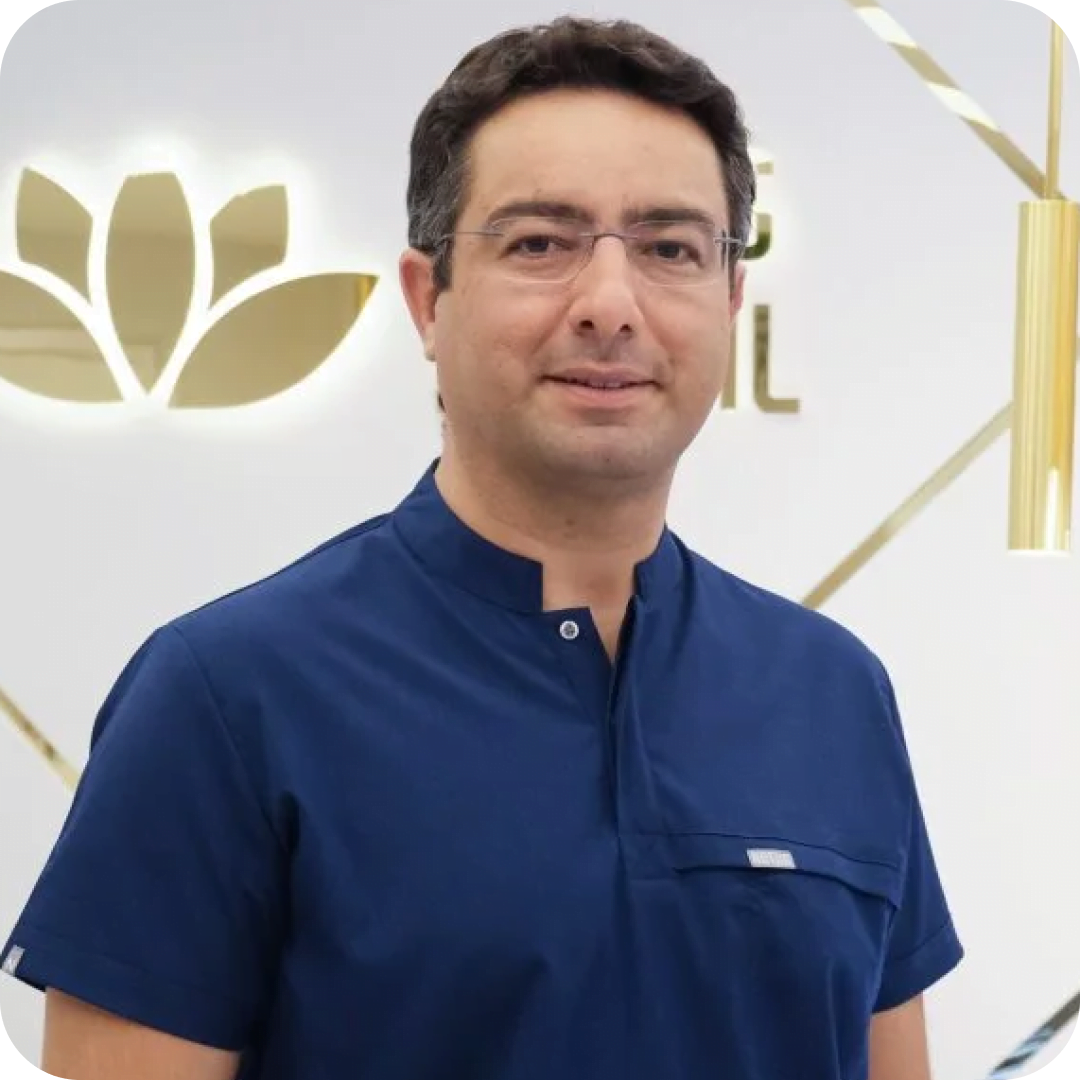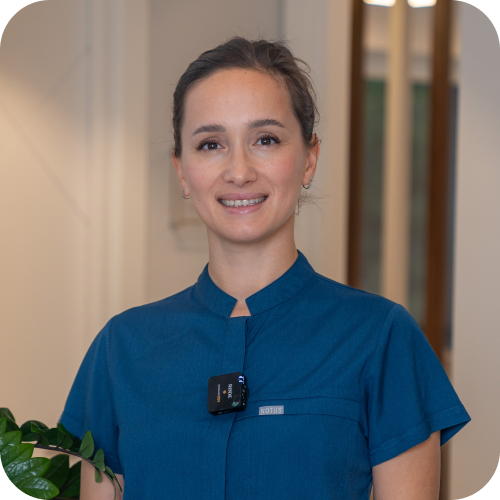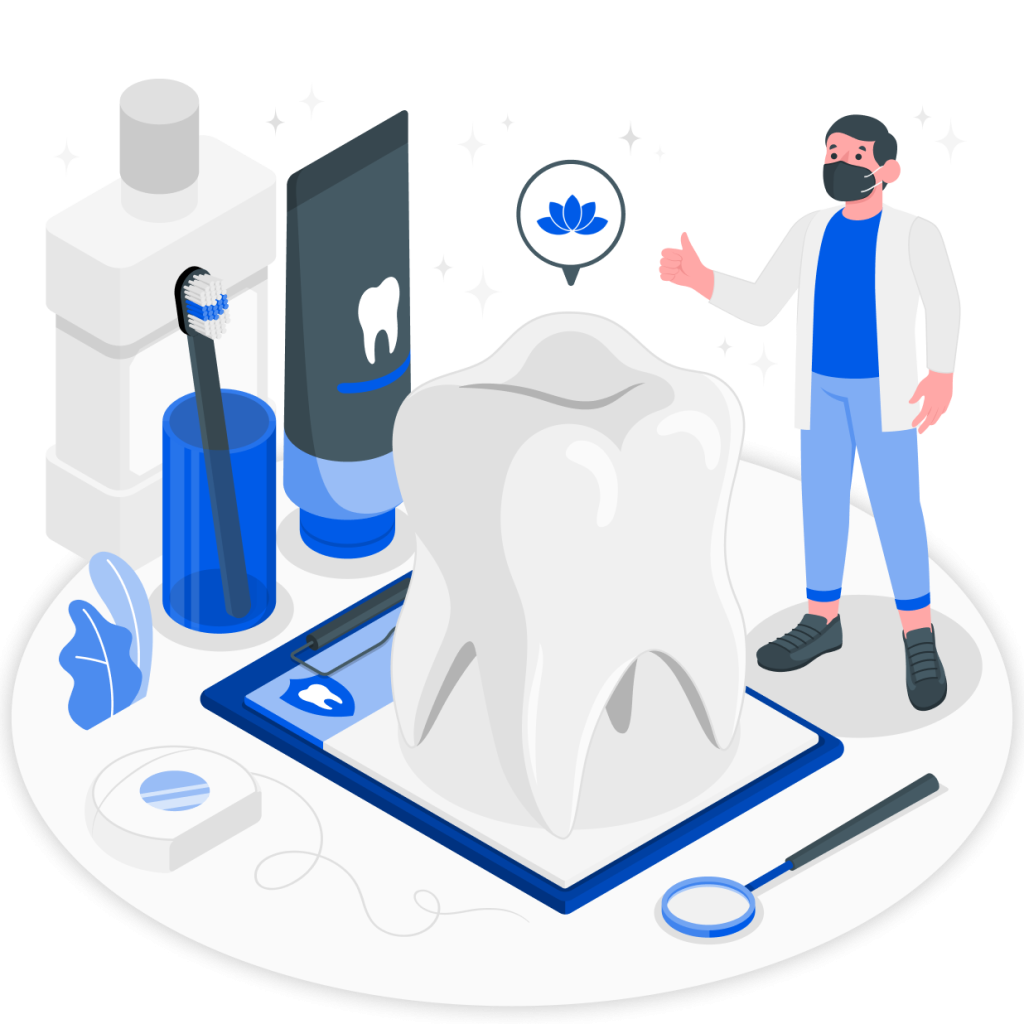As Kusadasi Lotus Dental, we are proud to be one of the pioneering clinics that have successfully implemented digital dentistry parameters in our country since 2013. Our digitalization adventure, which started with the use of intraoral three-dimensional scanners, took our workflow to a different dimension with the use of clinical-type CAD-CAM production units and the reflection of dental volumetric tomography data on treatment processes.
Thanks to this technology, we started to offer the chance to produce digitally designed restorations with digitally taken measurements in the digital environment, untouched in the production unit and to finish all treatments in a single session.
CAD-CAM assisted design and manufacturing processes;
- Digital fillings (They are produced in inlay, onlay, overlay form and mostly from hybrid ceramics)
- Porcelain laminates (produced from Emax, empress etc. ceramics)
- Full ceramic crowns (produced from Emax, empress or hybrid ceramics)
- Zirconium crowns (produced using layering or monolithic techniques)
- Zirconium bridges (produced using layering or monolithic techniques)
- Implant restorations (produced from zirconium, emax or hybrid ceramics)
Can be produced in a single session.
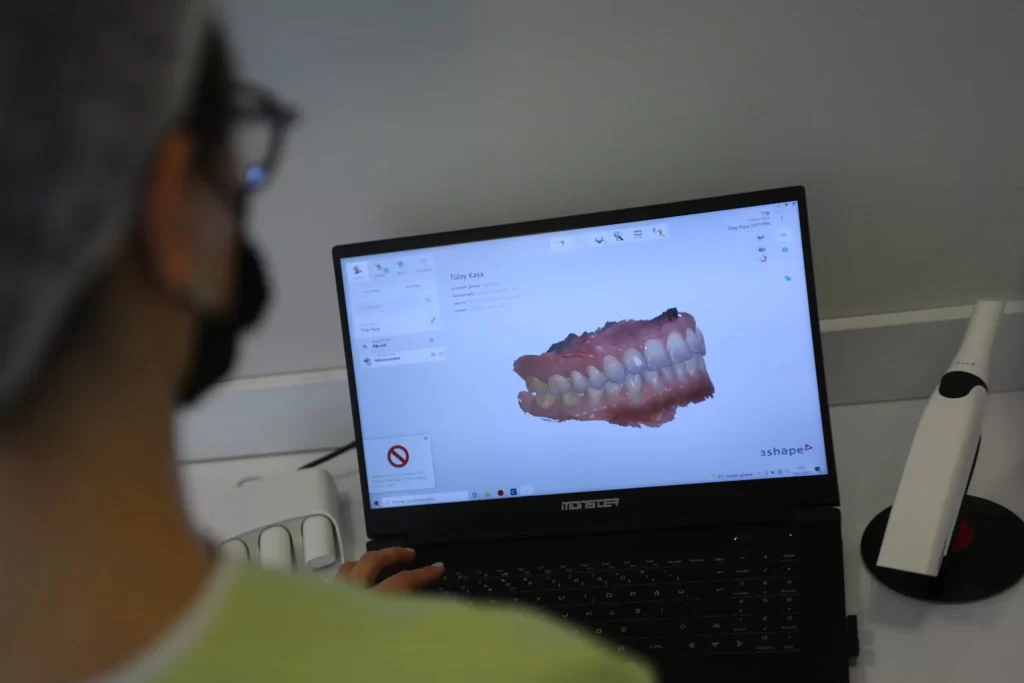
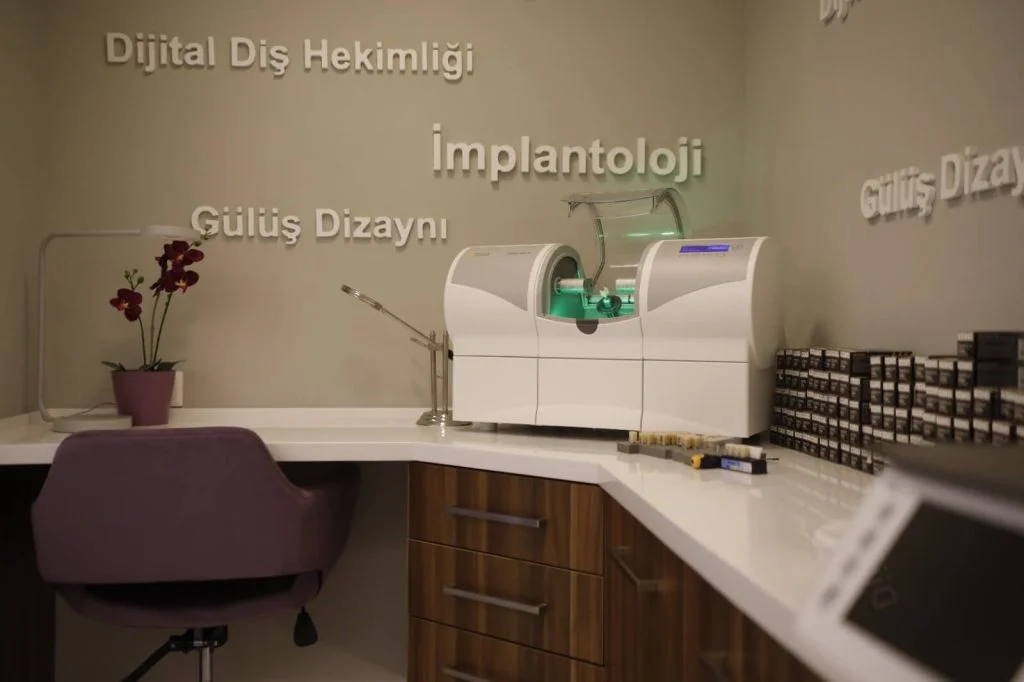
Single session digital restorations and their advantages
Although it is a great benefit to be able to finish the treatment that needs to be produced outside the mouth in a single session, the real superiority of digital technology and the feature that should be emphasized is its precision and the chance to obtain almost error-free restorations.
Of course, the physician’s intraoral work must also be close to perfection. At this point, digital technology comes into play again and reminds the physician that the intraoral work of the physician must be within certain criteria in order to be able to perform the impression process and the production process, and even directs the physician to correct this error while it is still in the measurement stage when it detects an error.
During the production phase, thanks to its digital library, it offers you a design close to the ideal and guarantees which type of porcelain or which type of zirconium is used in the restoration to be applied with licensed products.
With CAD-CAM supported digital dentistry applications;
- With the computer system, restorations can be designed in the same session in the clinical environment and their production can be completed in a few hours. This saves time for both dentists and patients and eliminates the need for temporary restorations.
- The possibility of using materials with high aesthetic and biological compatibility has increased. In modern dentistry, the search for biologically reliable materials in addition to aesthetics has increased the demand for metal-free restorative and prosthetic dental treatments. Materials with high biocompatibility and aesthetics are used in digital workflows.
- Digital scanner systems are replacing traditional impression methods in every branch of dentistry. Optical scanner cameras have provided advantages in cases such as nausea and/or gag reflex that can occur in conventional impression methods.
- The possibility of making a mistake has decreased.
- Cad Cam systems have increased the success and aesthetics of implant treatments.
Kusadasi digital dentistry
Many treatments such as digital smile design, CAD-CAM supported restorations and digitally guided implantology are routinely applied at Lotus Dental Clinic.
Dentist Tulay Kaya and her team continue to serve patients from Kuşadası and neighboring cities in the field of digital dentistry.


